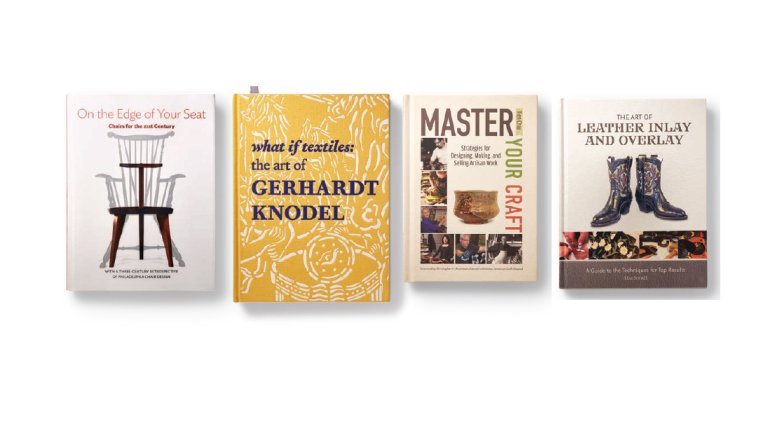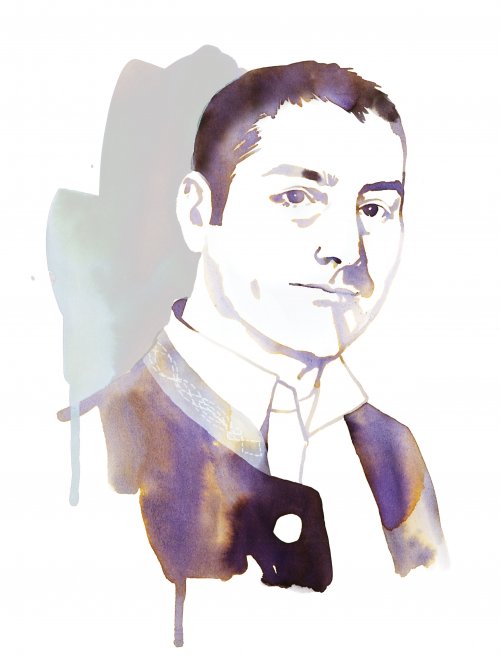The Big Picture
The Big Picture
In our networked age, it’s a given that knowledge is only as meaningful as its reach – which makes Pete Schiffer’s parents very, very early adopters. In the mid-1970s, the couple was working as antiques dealers and appraisers, amassing information about objects, periods, and more. They realized they could connect more people than just their clients to this knowledge, and pivoted to books. Schiffer Publishing was born.
An emphasis on sharing knowledge drives the Pennsylvania company to this day, says Schiffer, who has been publisher since 2008. What has grown is its focus: Antiques and collectibles are still important for the company, but it has expanded into art and craft, architecture and design, science, military history, even the paranormal and UFOs. (The website search amusingly – and appropriately – suggests you “Find a niche and scratch it!”) Diversity is all part of the plan. “We’ve always kept our eyes open to other areas where there’s interest,” says Schiffer. He took time to tell us more about the vision and operations of his unique publishing company.
Sharing knowledge is at the center of what you do. Are there other core values that drive your work?
We do want to really listen to our authors and understand what their books are – what their work is. For example, What If Textiles with Gerhardt Knodel. [Editor’s note: Knodel was recently named an ACC Gold Medalist.] We’d known Gerhardt for many years, but we had never really connected with him about creating books. And when we heard that he was creating a book, we started this conversation. He really had a strong idea of where he was going with it. We believed in that and wanted to support that.
We think one of the things you want to look at with a book like Gerhardt’s is that it’s valuable knowledge that has been curated over many, many years, and he is really an authority in that area; we want to share his vision.
And you want to support those visions, knowing that they may at times be of interest to a very specialized audience?
As we say to our authors, we’re not trying to make New York Times best sellers. These are not all books that are going to be in huge mass distribution. I mean, with Gerhardt’s book, it’s a really focused book, but there’s a lot of great knowledge for a strong audience.
How do you develop new books? Do proposals come to you, or do you seek out ideas?
It’s a combination. We react to a lot of proposals that come up, and in doing so, we’ll get an idea. But we also do have, I would say, projects that we will seek out authors for or areas that we know we want to publish books in. We also will create books ourselves through our own research and writing.
When I was growing up, almost all of our family vacations were going out to take photographs for books and to work with authors on books. So it’s really ingrained that we can react to ideas coming in, search out ideas we want to publish, or look to create projects that we would drive.
That strikes me as an unusually flexible approach in the publishing world.
We really try to have as much flexibility as we can, because you don’t want to quash a good idea with your own thoughts. The authors are really the experts. What we do is help to mold the idea and understand if there’s a market out there, and give them the tools to be able to take their concept and ideas to create a finished book.
What’s next for Schiffer – specifically with regard to the field of craft?
Because of the focus that we had – and continue to have – on books as a creative reference, some of the new areas that we are developing into are books for artists themselves, for artists who are looking for different perspectives – different peer perspectives and different ways to become better artists or think about things.
So it’s looking at the creative process, it’s looking at artists speaking to other artists about different issues, and sharing knowledge for those who are building their careers. And we’re trying to keep an open eye on where is the world going, and how we can help contribute ideas that are relevant and helpful to the craft community.





